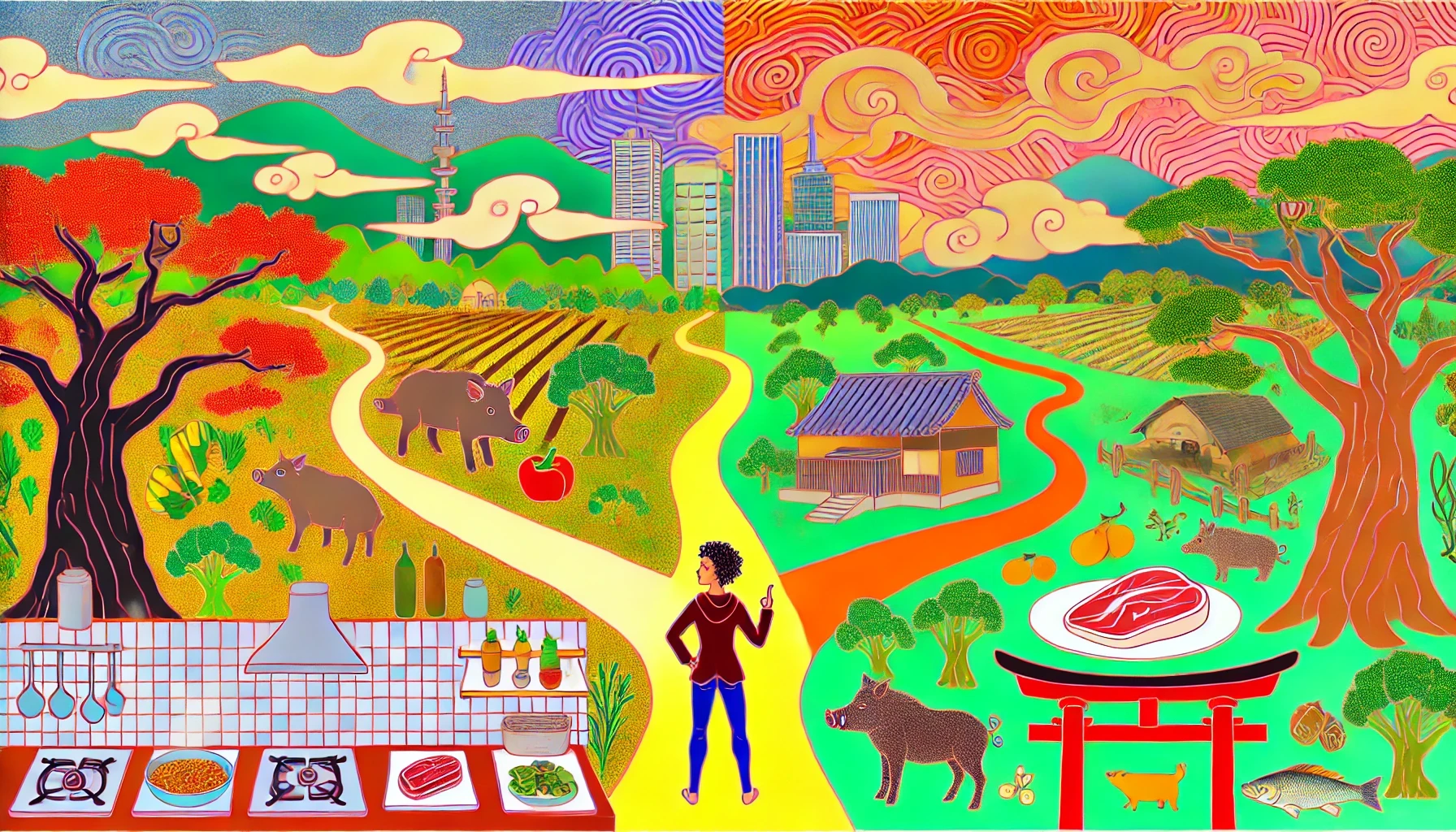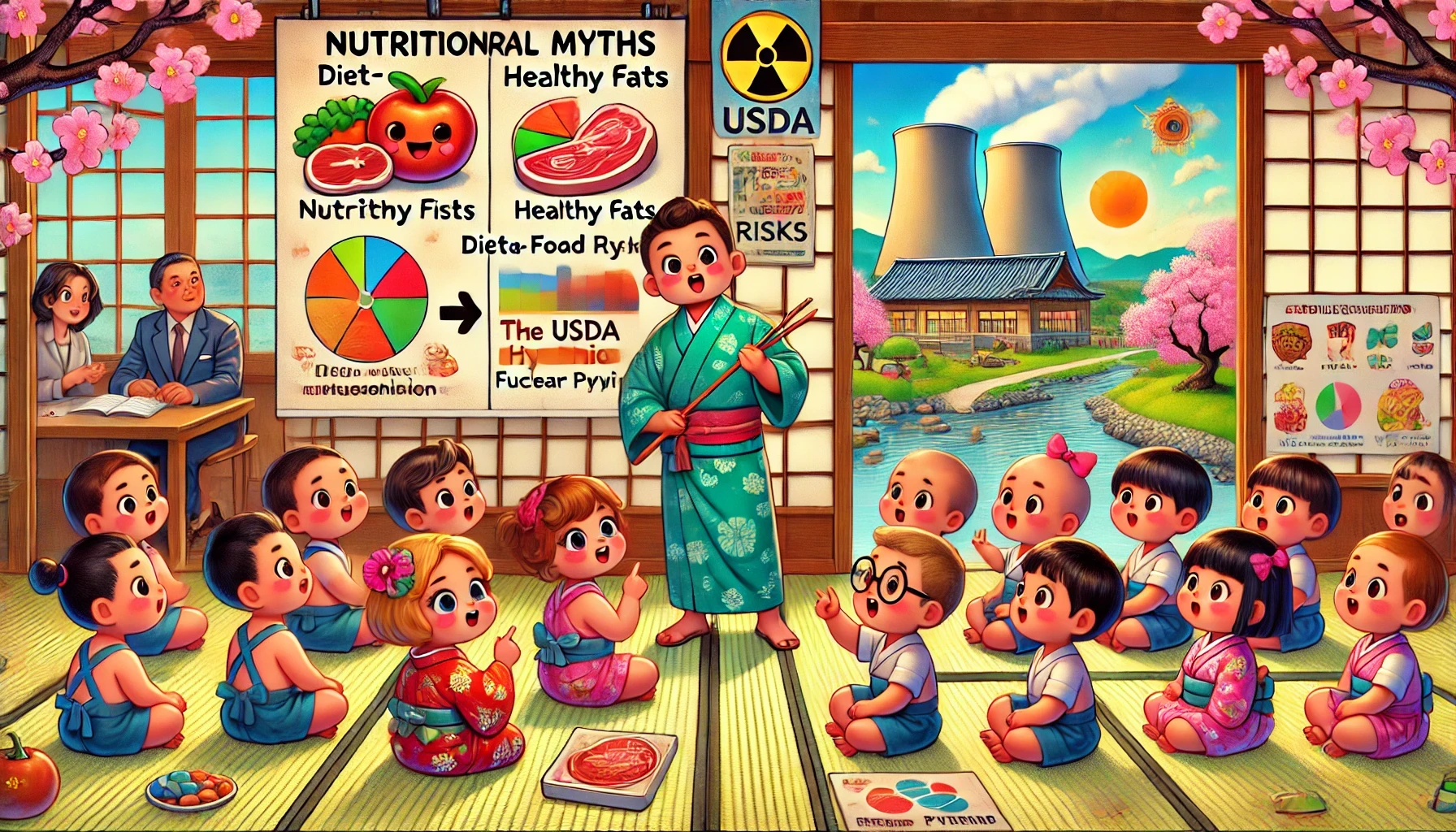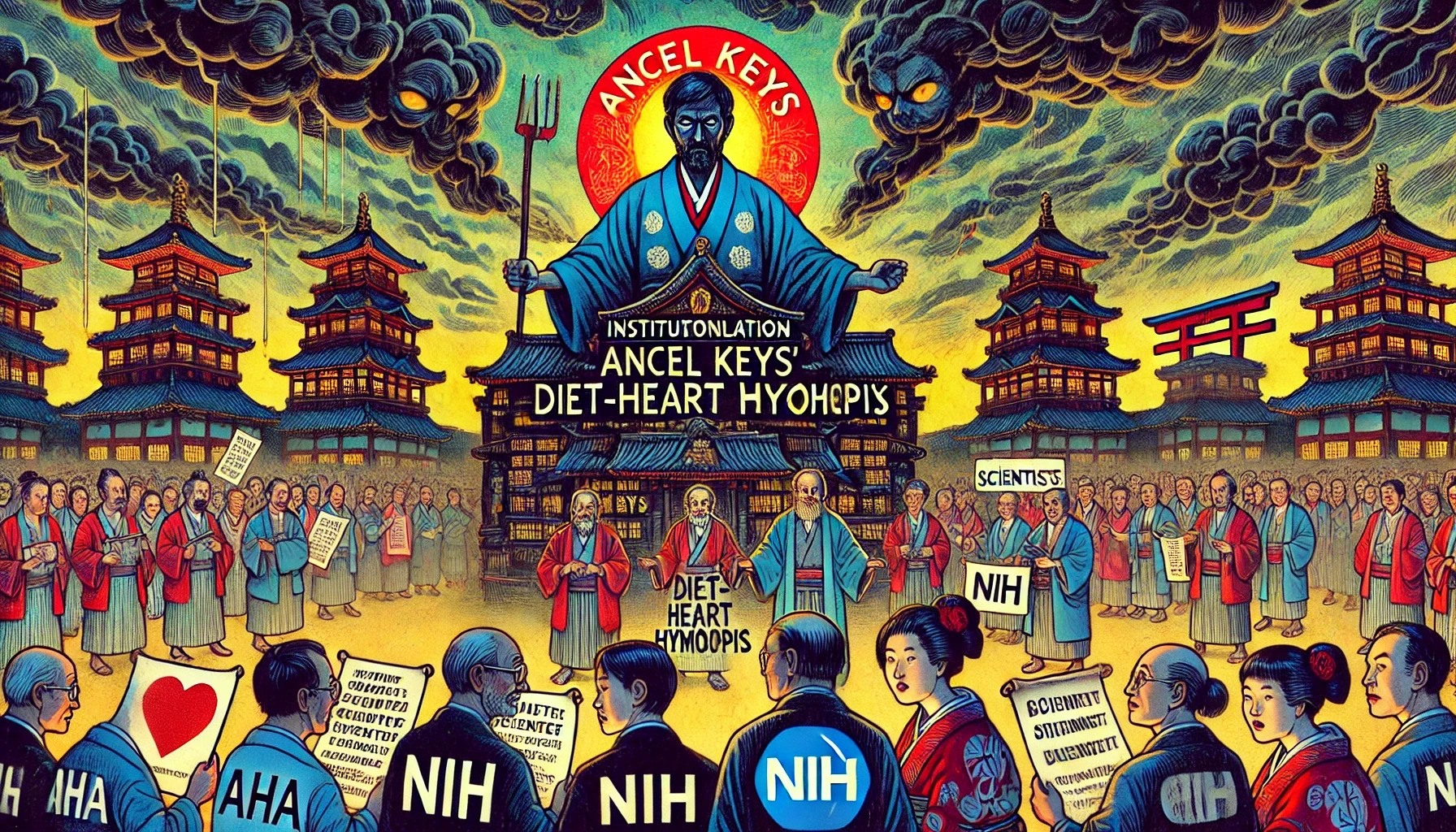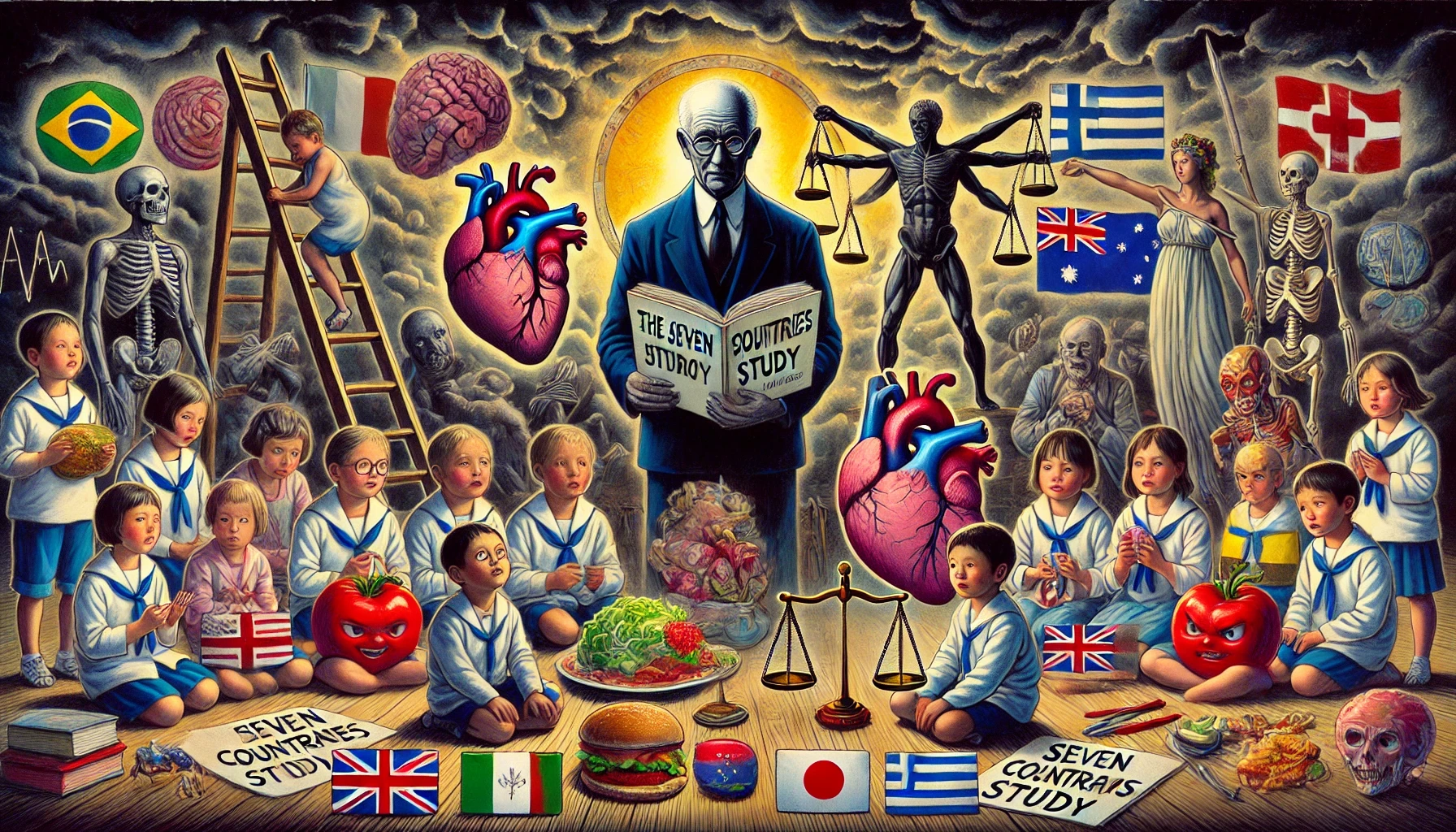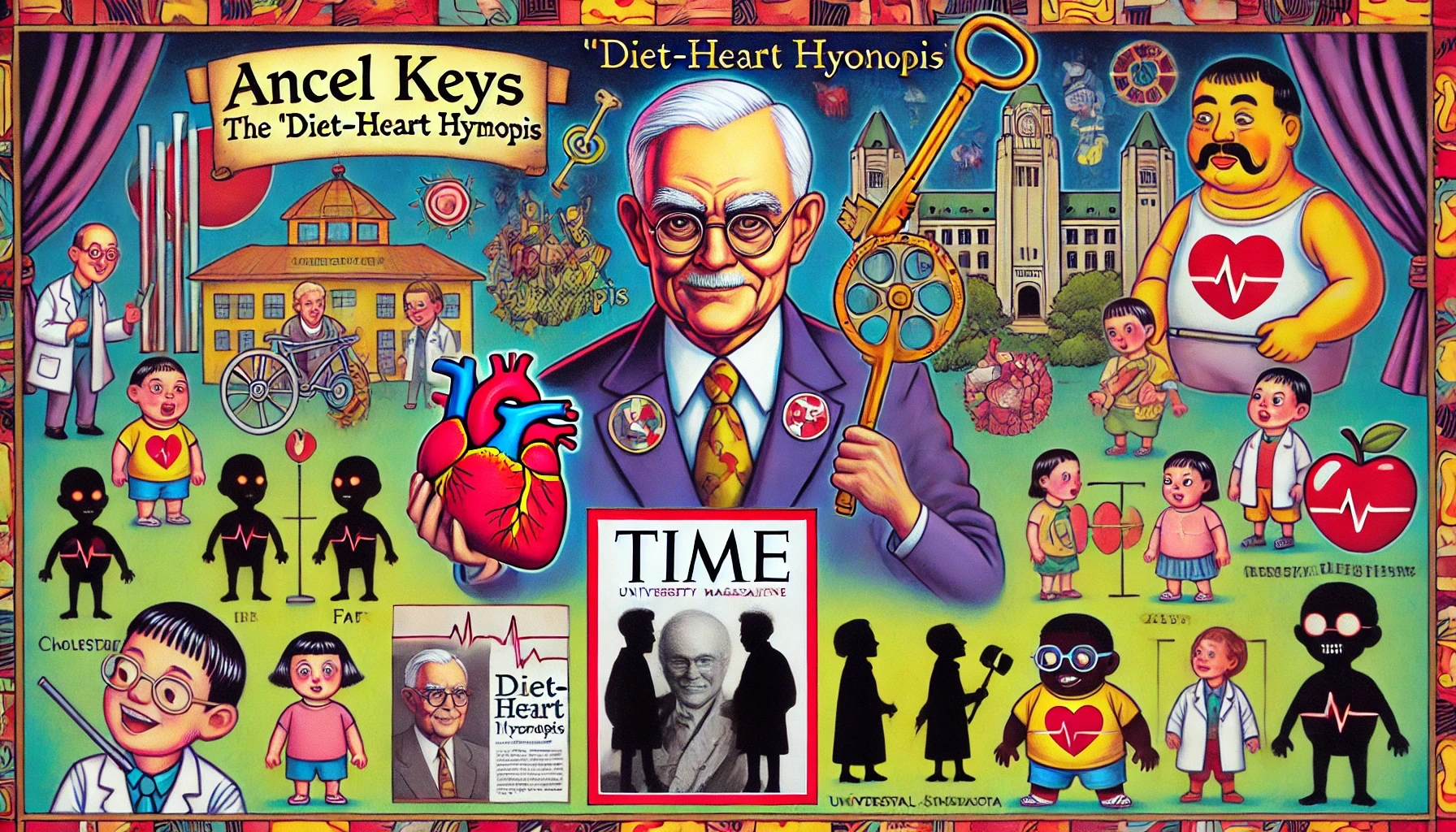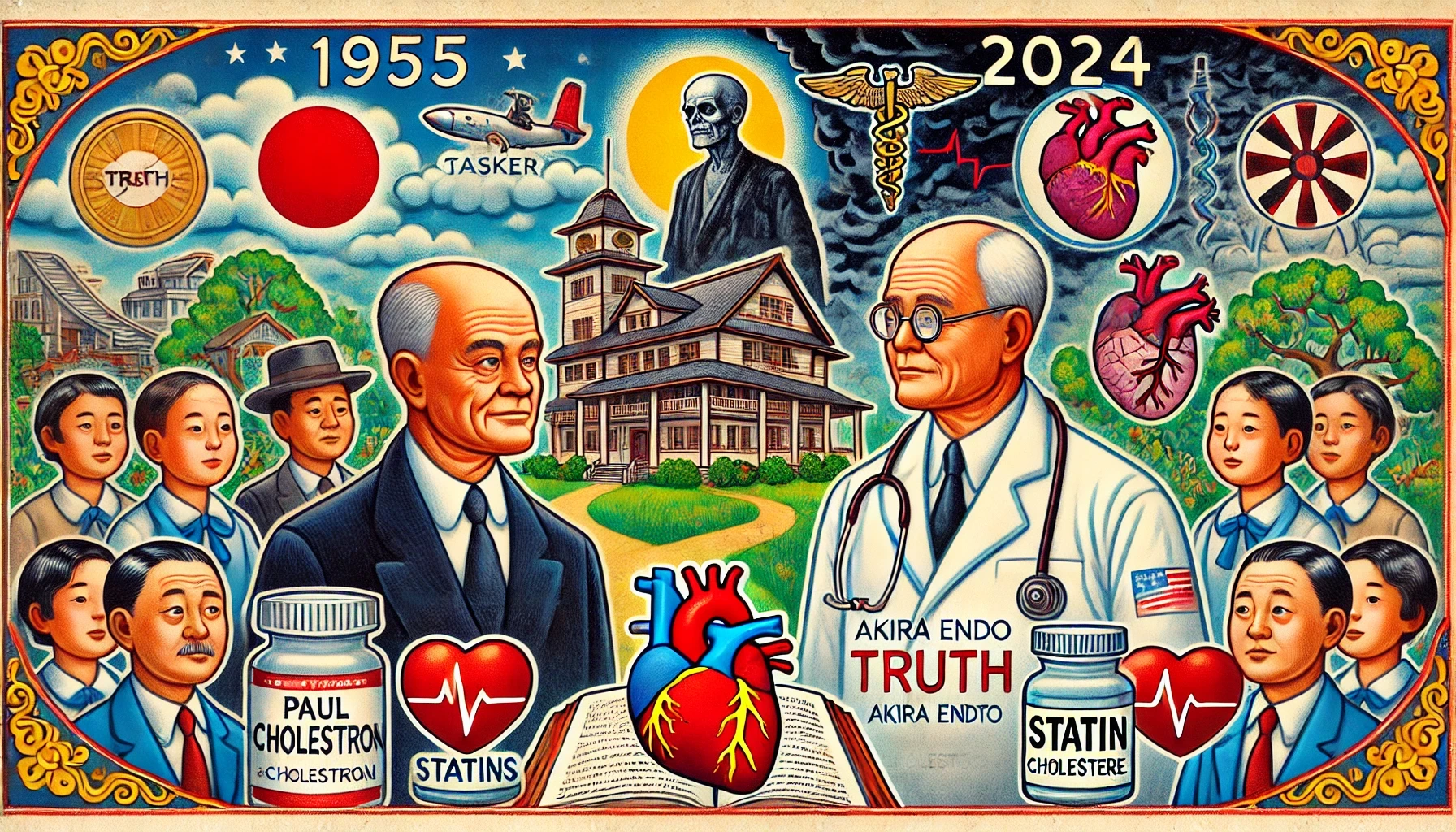ZENPTY.
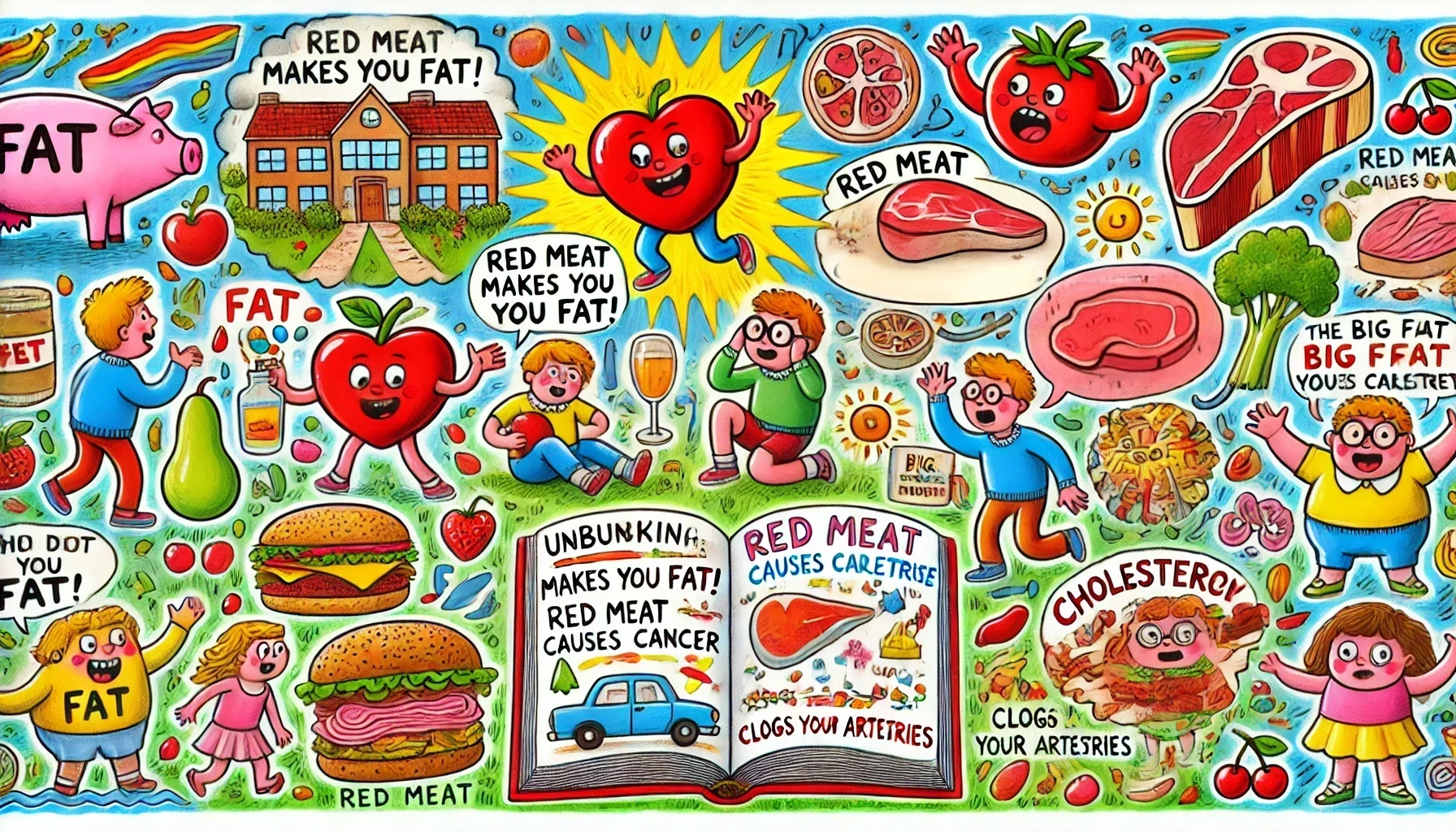
Red Meat, Cholesterol, and Fat: Challenging Conventional Wisdom
Aug 5, 2024
Fat makes you fat. Red meat causes cancer. Cholesterol clogs your arteries.
I used to pity those who practiced "healthy eating habits," thinking that a life devoid of pleasure wasn't worth living. I wasn’t a party animal, but I certainly enjoyed my share of indulgences. I was aware of what was considered healthy—moderation in all things, the usual guidelines—but as my life shifted away from the "work hard, play hard" mantra, I began questioning these notions. Delving into health and nutrition revealed just how baseless and misguided my beliefs were. "The Big Fat Surprise" by Nina Teicholz was a revelation, fundamentally altering my understanding of diet and health.
First things first. Fat makes you fat. False. Red meat causes cancer. False. Cholesterol clogs your arteries. False. Everything I had learned about diet was wrong. The book exposed how these myths became widespread in the industrialized world.
The first chapter delved into historical and anthropological data that challenge our conventional wisdom about a healthy diet. Many populations thrived for millennia on diets rich in animal fat and low in vegetables. Early humans preferred the fat and viscera of animals over muscle meat.
Harvard-trained anthropologist Vilhjalmur Stefansson, who lived among the Inuit in the Canadian Arctic for a year, observed that they prized fatty meat and organs for human consumption, leaving leaner meat for the dogs. Similarly, large carnivores like lions and tigers consume the organs and fat of their prey, often leaving the muscle meat for scavengers.
In Africa, Dr. George V. Mann and Dr. A. Gerald Shaper studied the Masai and the Samburu tribes, who consumed a diet heavy in animal fat. They drank an average of four liters of milk daily, with more than 60% of their calories coming from animal fat.
In early 20th-century Asia, Sir Robert McCarrison, the British government's director of nutrition research in the Indian Medical Service, noted the vibrant health of the Sikhs and Hunzas. These groups, who consumed ample dairy products like butter and cheese, had low rates of Western diseases such as cancer and dental decay, contrasting sharply with the high morbidity of rice-eating populations in southern India.
The Bardi tribe of northwest Australia prioritized fat when hunting fish, turtles, and shellfish. Their intricate knowledge of hunting seasons and techniques revolved around obtaining fat-rich food.
Consuming meat without fat was believed to cause weakness. The Inuit avoided eating too much rabbit because it could lead to starvation. Stefansson himself fell ill when he consumed lean meat without fat during his famous year-long experiment at Bellevue Hospital. He quickly recovered by eating fatty sirloin steaks and brains fried in bacon fat.
Throughout history, animal-based, fat-rich diets have been linked to good health. It's unfortunate that this isn't common knowledge. In the next part of this series, we’ll explore how saturated fat became the misunderstood villain in the world of nutrition.
Next: From Eisenhower to Endo: The Evolution of Heart Health Myths
This is part 1 of the series on "The Big Fat Surprise."
A Carnivore Journey: How Letting Go of Carbs Opened New Doors
Nutritional Myths and Nuclear Risks: The Parallel Stories of Regulatory Capture
Silencing Dissent: How Ancel Keys' Hypothesis Dominated Nutrition Science
Ancel Keys and the Diet-Heart Hypothesis: A Deep Dive into Flawed Science
Unmasking the Villain: Ancel Keys and the War on Saturated Fat
From Eisenhower to Endo: The Evolution of Heart Health Myths

